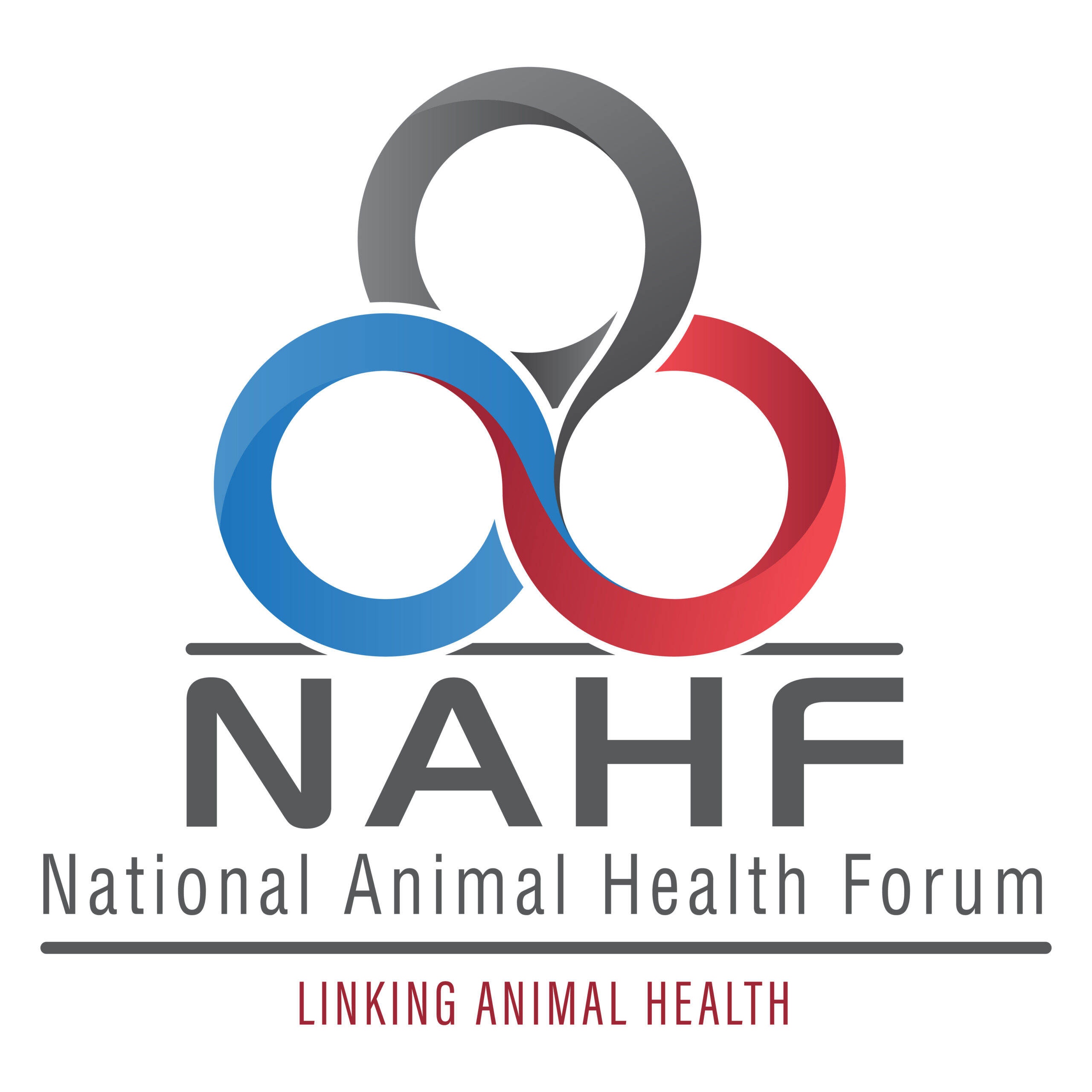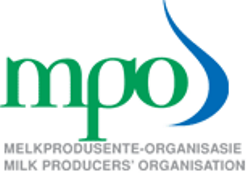‘Water is the most critical resource issue of our lifetime and our children’s lifetime. The health of our waters is the principal measure of how we live on the land.’ – Luna Leopold
Now more than ever before, South Africans are realising that our scarce water resources are under increasing pressure. If we wish to build a sustainable future the efficient, effective and wise use of water is essential. The agricultural sector is not only a major role-player in South Africa’s economy but also plays a pivotal role in maintaining the quality of both surface and groundwater sources and soil.
Legal framework
The National Water Act, Act No 36 of 1998, (NWA) provides the legal framework for the effective and sustainable management of South Africa’s water resources. The purpose of the Act is to protect, use, develop, conserve, manage and control water resources as a whole, promoting the integrated management of water resources with the participation of all stakeholders.
The Department of Water and Sanitation (DWS) is the custodian of South Africa’s water resources and the minister of the department is the public trustee of water resources on behalf of Government and has overall responsibility for all aspects of water resource management in South Africa. The DWS is responsible for establishing how much water is used, by whom, and where, to measure how much water is actually available for use. The DWS is given the tools to gather the information needed for the optimal management of our water resources by the NWA. One of these tools is the registration of water.
When must water use be registered?
In terms of the NWA, the only type of water use that does not have to be registered is Schedule 1 water use, which refers to water used for domestic activities. The NWA classifies water use that requires registration as follows:
- Existing Lawful Use (ELU) – All water use commencing before 1998 is considered to be ELU by the NWA subject to certain conditions.
- Water use under General Authorisation (GA) – this replaces the need for a water user to apply for a licence in terms of the act, provided that the water use is within the limits and conditions as set out in the GA.
- Licensed water use – Section 21 of the NWA lists all water use activities that require a Water Use License (WUL) and are subject to a Water Use License Application (WULA) process.
Water uses that must be registered, and might require a WUL are
- Diversion of rivers and streams
- Any person or body storing water for any purpose, including irrigation, from surface run-off, groundwater or fountain flow in excess of 10 000 cubic metres
- Stream flow reduction activities (afforestation)
- Local authorities and other bulk suppliers (water boards)
- Controlled activities, such as irrigating with waste. Discharges of waste or water containing waste in terms of section 21 of the NWA. This includes the following activities:
- Section 21(e) – engaging in a controlled activity defined as such in Section 37(1), with specific reference to irrigation of any land with waste or water containing waste generated through any industrial activity or by a water work.
- Section 21(f) – discharging waste or water containing waste into a water resource through a pipe, canal or other conduit.
- Section 21(g) – disposing of waste in a manner that may detrimentally impact on a water resource such as slurry ponds.
- Section 21(h) – disposing in any manner of water that contains waste from, or that has been heated in, any industrial or power generation process.
- Section 21(j) – removing, discharging or disposing of water found underground if it is necessary for the efficient continuation of an activity or for the safety of people.
Regulation of waste water
Sections 21 (e) and 21 (g) of the NWA refer to the disposal of wastewater into an on-site or off-site slurry pond and irrigation of any land with wastewater from a slurry dam. Government Notice 665, which was published on 6 September 2013 – Revision of general authorisations in terms of section 39 of the NWA (Act No 36 of 1998), allows the disposal of wastewater from dairy farming activities into an on-site or off-site slurry ponds and irrigation with wastewater from slurry ponds under specific conditions.
According to the DWS’ Waste Related Water Use Registration Guide, July 2013, wastewater generated by milk processing activities is classified as ‘Biodegradable industrial wastewater’. A slurry pond on a dairy farm falls into the category called Waste Management Facility, which is defined as the disposal of waste or discharge of wastewater to a land-based facility.
How to apply for a Water Use Licence (WUL)
When a GA does not apply, an application for a WUL has to be submitted to the DWS. The following general information is required when applying for the registration and authorisation of water use under the authority of a license:
- Background information supplied by the applicant
- A certified copy of the applicant’s or representative’s ID
- A soil survey analysis for irrigation practices approved by Provincial Department of Agriculture
- Land claims confirmation from Land Claims Commissioner
- Motivation in terms of section 27 of the NWA of 1998, with specific attention to section 27 (1) (b), (c) and (d) – Provide information as to how the proposed water use will contribute towards the following:
- Redressing the result of the past racial and gender discrimination, with specific focus on the efficient and beneficial use of water in the public interest; and
- The socio-economic impact if water use is authorised or if water use is not authorised.
Authorisation of controlled activity of irrigation
Application for registration and authorisation for the controlled activity of irrigation in terms of section 21 (e) of the NWA is made on form DW765, obtainable from the DWS’ Water Use and Authorisation Unit in your region. Take note of the following when completing the form:
- Irrigating with wastewater is NOT the same as irrigation with water taken from a water resource.
- Irrigating with wastewater can be seen as an extended form of wastewater treatment, whereby a water user may be unable to treat the wastewater to an acceptable quality and return it to a resource.
- In irrigating this wastewater instead of discharging it, the possible impacts on the resource are minimised.
- Irrigation with wastewater should be carried out in such a manner that a crop is produced through the irrigation process. This is an indication that the irrigation is sustainable, and is not causing deterioration to the soil.
- Irrigation of lawns and pasture with wastewater is also acceptable. However, irrigation of undeveloped veld without growing a crop is not considered to be a productive water use activity.
- Irrigation with wastewater must comply with any Health Regulations and zoning by-laws.
Disposing of waste in a manner that may detrimentally impact on a water resource (slurry pond)
Application for registration and authorisation for ‘Disposing of waste in a manner which may detrimentally impact on a water resource’ or a slurry pond in terms of section 21 (e) of the NWA is done on form DW767, obtainable from the DWS’ Water Use and Authorisation Unit in your region. Please note that this form must be accompanied by a completed DW905 supplementary form, which requires details of the waste management facility (slurry pond).
Published on Wednesday, 30th August 2017 - 22:36
Recent Posts
disclaimer









